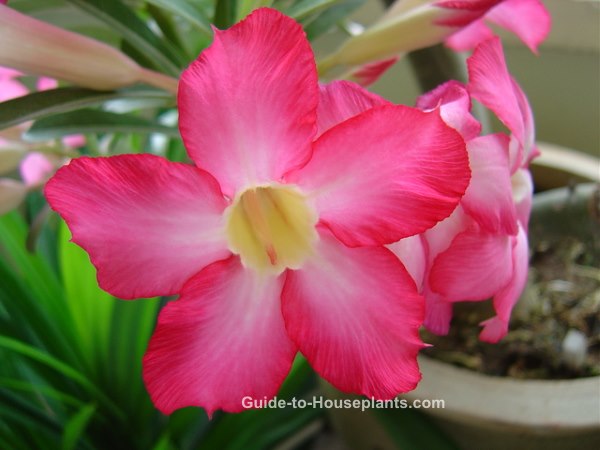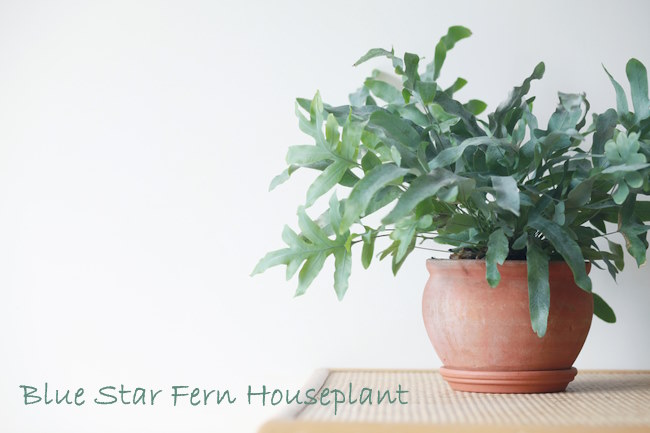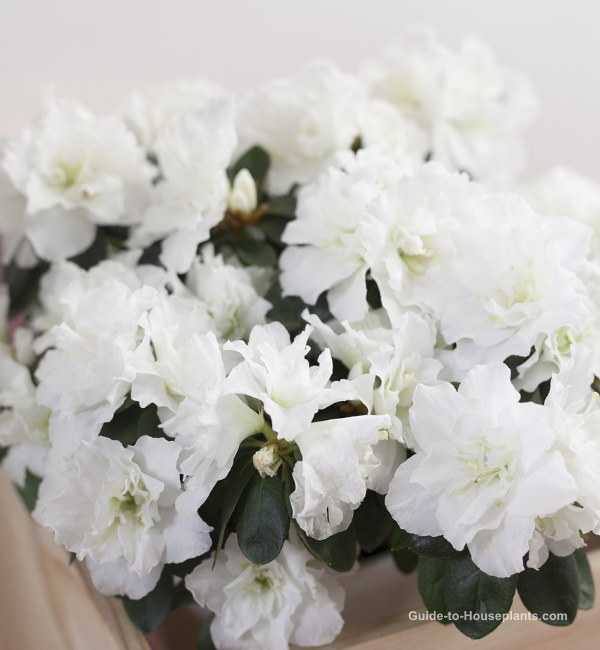Bird of Paradise Plant
Botanical Name: Strelitzia reginae
Bird of Paradise plant has spectacular flowers and tall, lush foliage, making it a magnificent and unexpected houseplant. Find out how to coax the most blooms and get growing tips to help it thrive indoors.
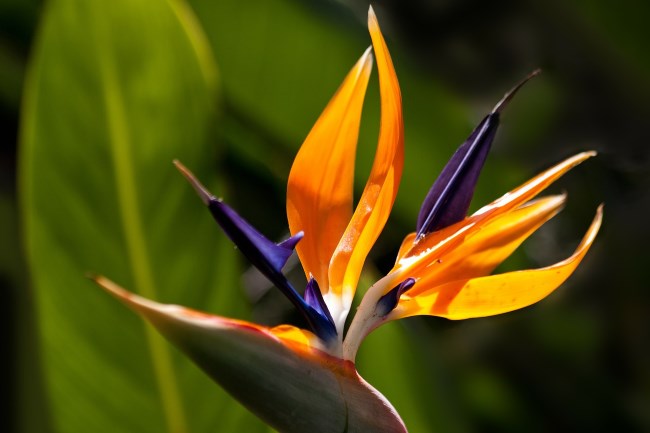 Bird of Paradise gets its name from the exotic flowers that look like the head of a crane.
Bird of Paradise gets its name from the exotic flowers that look like the head of a crane.Get to Know Your Bird of Paradise Plant
A spectacular specimen when in bloom, but its lush, deep-green foliage is attractive on its own. The oblong, leathery leaves have deeply textured veins and look like the leaves of a banana plant. Give this plant plenty of room...its leaves grow to 18 in (46 cm) long.
Dazzling flowers stand above the foliage on tall stalks that rise up from the base of the plant. Flower bracts are sharply pointed and held horizontally, looking like a bird's beak. Bright orange and blue sepals and petals fan out from the spathe, forming the bird's colorful crest.
Bird of Paradise blooms only when mature. You can expect blooms on a plant that is more than 5 years old in spring and summer. Each flower lasts about a week, but each spathe will produce several flowers that bloom in succession.
Keep this plant in a sunny spot year-round. One of the common reasons mature Bird of Paradise does not bloom well is insufficient light. It needs full sun in the summer and as much light as possible in winter.
How to Get Bird of Paradise Plant to Bloom:
- Give it time. Strelitzia needs to be at least 5 years old.
- Keep it crowded...it needs to be almost root-bound.
- Let it bask in the sun. Give it some direct sunlight year-round.
Bird of Paradise Solutions, How-tos and Answers
Wondering when to repot bird of paradise? Spring is the best time to repot, when the plant is beginning its most vigorous time of growth. Move into a larger pot each year until it grows to about 3 ft (90 cm). Thereafter, top-dress each year as needed. Don't over-pot; Bird of Paradise plant needs to be almost root-bound before it will bloom.
Brown leaf tips may be caused by low humidity. However, chlorine, fluoride and any other chemicals in tap water will cause browning along leaf edges. Use distilled water or allow tap water to stand for 24 hours before using it.
Curled leaves are a symptom of dry soil and/or dry air. Water regularly and boost humidity when indoor air gets dry. Cold blasts from entryways and AC vents can also cause leaves to curl up.
Split leaves are common for Bird of Paradise. It's a good idea to keep your plant from high-traffic areas of your home, where passersby may brush against it. Unfortunately, split leaves will not mend.
Something bugging your plant? Not many pests bother Bird of Paradise, especially if you keep your plant indoors year-round. If your plant spent any time outdoors, check it over before bringing it back inside. Aphids, spider mites or mealybugs are possible pests. Isolate an infested plant and treat it right away.
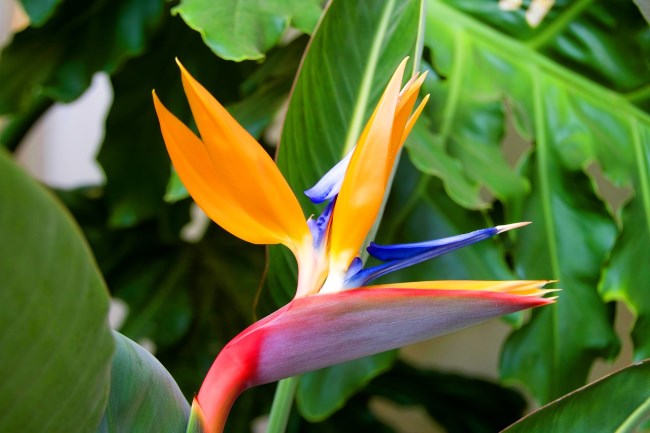 Surround Strelitzia with tropical plants and it will add bold style to your collection.
Surround Strelitzia with tropical plants and it will add bold style to your collection.Bird of Paradise Plant Care
Origin: South Africa
Height: 6 ft (1.8 m)
Light: Bright light with at least 4 hours of direct sun each day year-round. One main reason Bird of Paradise does not bloom is insufficient light. A south-facing window, sunroom or greenhouse is ideal to give it the light it needs. Don't have a sunny spot for your Bird of Paradise? Use a floor lamp with a grow light. Or move your plant outdoors for the summer, but be careful to acclimate it to the stronger light gradually or it could get sunburned. Be sure to bring the plant back inside when the temp drops in autumn.
Water: Water thoroughly, making sure that all the roots are watered. Use a pot with drainage holes and empty the drainage tray. Allow the soil to dry out a bit between waterings. In winter, water sparingly. Remember to always use tepid water when watering houseplants because cold water is a shock to them.
Humidity: Aim for 50% relative humidity or higher. It's a good idea to use a humidity monitor, rather than guess. Indoor air can become extremely dry in the winter without our noticing it. The most efficient way to increase humidity for your indoor tropical plants is a cool-mist room humidifier.
Temperature: Average room temperatures spring through fall 65-80°F/18-27°C. In winter, a cool rest 50-55°F/10-13°C is needed. Keep Bird of Paradise plant away from cold entryways and heat/AC vents.
Soil: Good-quality, all-purpose potting mix.
Fertilizer: Feed monthly spring through fall with a liquid or water-soluble fertilizer.
Propagation: Seeds or division. Divide a mature plant in spring, only when absolutely necessary (i.e., it's bursting out of its pot). The plant may not bloom again for a few years until it is almost root-bound again.
